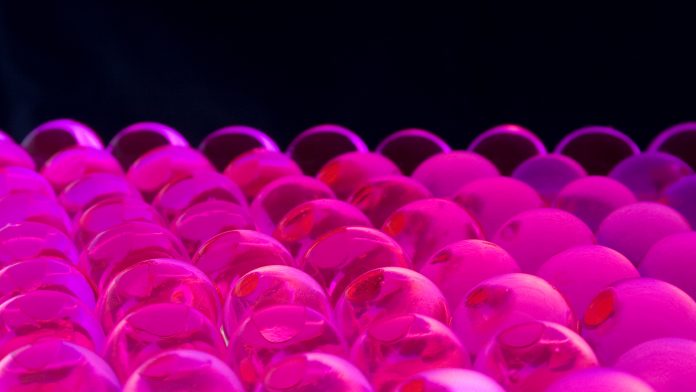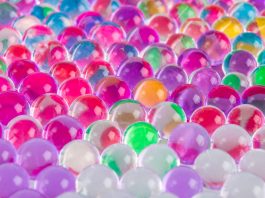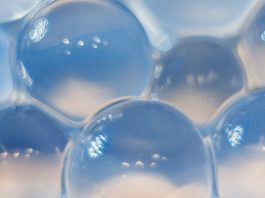Engineers at Rutgers University, USA, have created a 3D-printed smart gel that changes shape when exposed to light which could lead to further developments in military camouflage, soft robotics, and flexible displays.
Inspired by the colour-changing skin of cuttlefish, octopuses and squids, Rutgers engineers created the 3D-printed smart gel which can function as an artificial muscle and may lead to new military camouflage, soft robotics, and flexible displays.
The engineers also developed a 3D-printed stretchy material that can reveal colours when light changes, according to their study in the journal ACS Applied Materials & Interfaces.
Theis new development is modelled on the colour and texture changing mechanism of cephalopods such as cuttlefish, octopuses, and squids. This is achieved by the thousands of colour-changing cells, called chromatophores, in their skin.
Senior author Howon Lee, an assistant professor in the Department of Mechanical and Aerospace Engineering in the School of Engineering at Rutgers University-New Brunswick, said: “Electronic displays are everywhere and despite remarkable advances, such as becoming thinner, larger and brighter, they’re based on rigid materials, limiting the shapes they can take and how they interface with 3D surfaces. Our research supports a new engineering approach featuring camouflage that can be added to soft materials and create flexible, colourful displays.”
Researchers at Rutgers University developed a 3D-printed smart gel that senses light and changes shape as a result. Hydrogels, which keep their shape and stay solid despite containing water, are found in the human body, nappies, and contact lenses, among many examples.
The team of engineers incorporated a light-sensing nanomaterial in the hydrogel, turning it into an ‘artificial muscle’ that contracts in response to changes in light. The light-sensing smart gel, combined with the 3D-printed stretchy material, changes colour, resulting in a camouflage effect.
Now, the research team aims to improve the technology’s sensitivity, response time, scalability, packaging, and durability.









